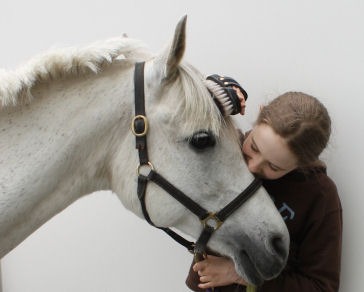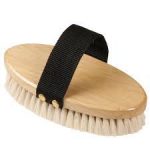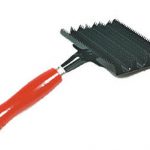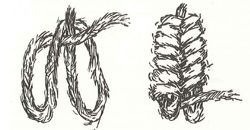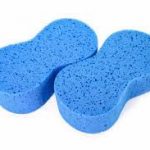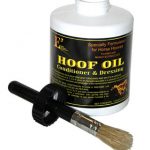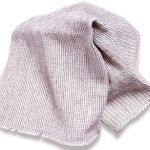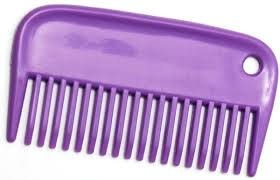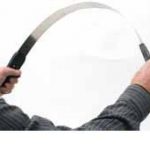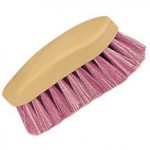Horsemanship Level 3 - Grooming
For Horsemanship Levels 1 and 2 you needed to show how to use the basic grooming kit, which included the hoof pick, curry comb, dandy brush and body brush. For Level 3 you need to demonstrate:
7. Use and knowledge of full grooming kit
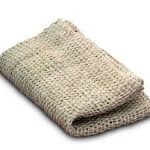
First of all, to review your basic grooming look back to this Level 1 post. There's a video there that describes complete grooming fairly well. In addition to the items listed above, a complete kit contains:
- Cactus Cloth. This is a loosely woven jute cloth or mitt for loosening dirt, sweat and scurf. It can replace the dandy brush if the horse is not too hairy or muddy.
- Body Brush. In a basic grooming we usually only use the body brush for the face, legs and belly, since overuse of the body brush can remove too much oil from the coat. In a full grooming it is used all over the body. The short dense bristles penetrate the coat to distribute oil and make the horse shine. Use firm circular strokes, finishing in the direction of the hair, and clean the brush every few strokes with a curry comb. The body brush is also used on the mane and tail as it won't break the hairs.
- Metal Curry Comb. This is used solely for cleaning the body brush and should not be used on the horse.
- Wisp. Made from hay or straw, the wisp is a tool for massaging. Dampen the wisp, and rhythmically tap the large muscle areas in the direction of the coat growth. This stimulates the blood supply and brings a shine to the coat.You can make your own wisp out of damp hay or straw, or alternatively use a strapping pad (see the caveats in the Level 1 post)
- Sponges. You should have at least two different sponges: one for the eyes and muzzle, and the other for the dock region. Separate eye and muzzle sponges are even better, but if you use one sponge for both, begin with the eyes, rinse the sponge, and then do the muzzle. With a damp, wrung-out sponge, clean away from the corners and around the eyelids. For the muzzle, sponge the lips as well as the inside and outside of the nostrils. Stand to the side and lift the tail while sponging the dock area, including the skin on the underside of the tail.
- Hoof Oil. For special occasions only! Paint the walls of the hooves all over with a thin coating of oil to improve appearance. Overuse of hoof oil interferes with the moisture balance in the hoof, so do not use it on a daily basis.
- Stable Rubber. A fancy name for a cloth or towel, this is used to give a final polish to the coat.
- Pulling comb. Used only for pulling a horse's mane (and sometimes tail) to thin and shorten it.
- Mane comb. Usually only used when braiding. The rest of the time use the body brush on the mane.
- Sweat Scraper. Used to remove surplus water when sponging down a horse. Some sweat scrapers have teeth on one side and can double as shedding blades to remove heavy coats in the spring.
- Water Brush. This looks like a dandy brush, but has plastic bristles and backing. It's used with water to lay the mane flat, but is also useful to clean hooves before applying hoof oil.
A complete grooming is best done after work, when the pores are open and the scurf rises to the top of the coat.
Next week: Cooling out
Upcoming Classes & Events
Mounted Combat
Sunday 2 November, 1-4 pm
Cost: $60 or one flex-pack credit
This is the last Mounted Combat class before our winter break — don’t miss it!
Cavaliere Classes
Sundays 9, 23 & 30 November, 14 December 1- 4:30 pm
Cost: $60 or one flex-pack credit per class
Cavaliere Classes have moved back to Sunday afternoons. Riding and Horsemanship assessments will be held on December 14th. After that we will take a break until February.
Congratulations!
Congrats to Brooke who successfully assessed her Horsemanship Level 1 on Sunday, and to our own Greg Reimer who is now a level 2 Horseman and Rider. Well done, both of you!
